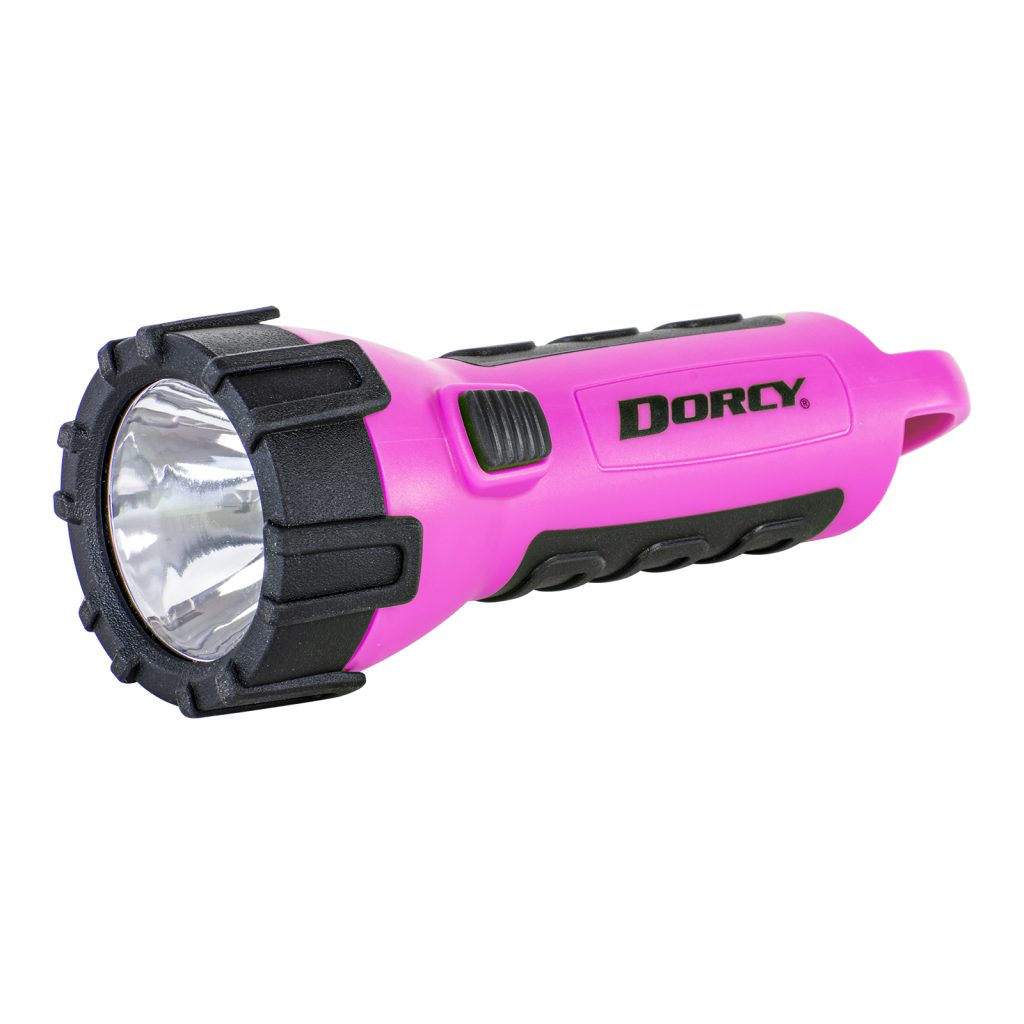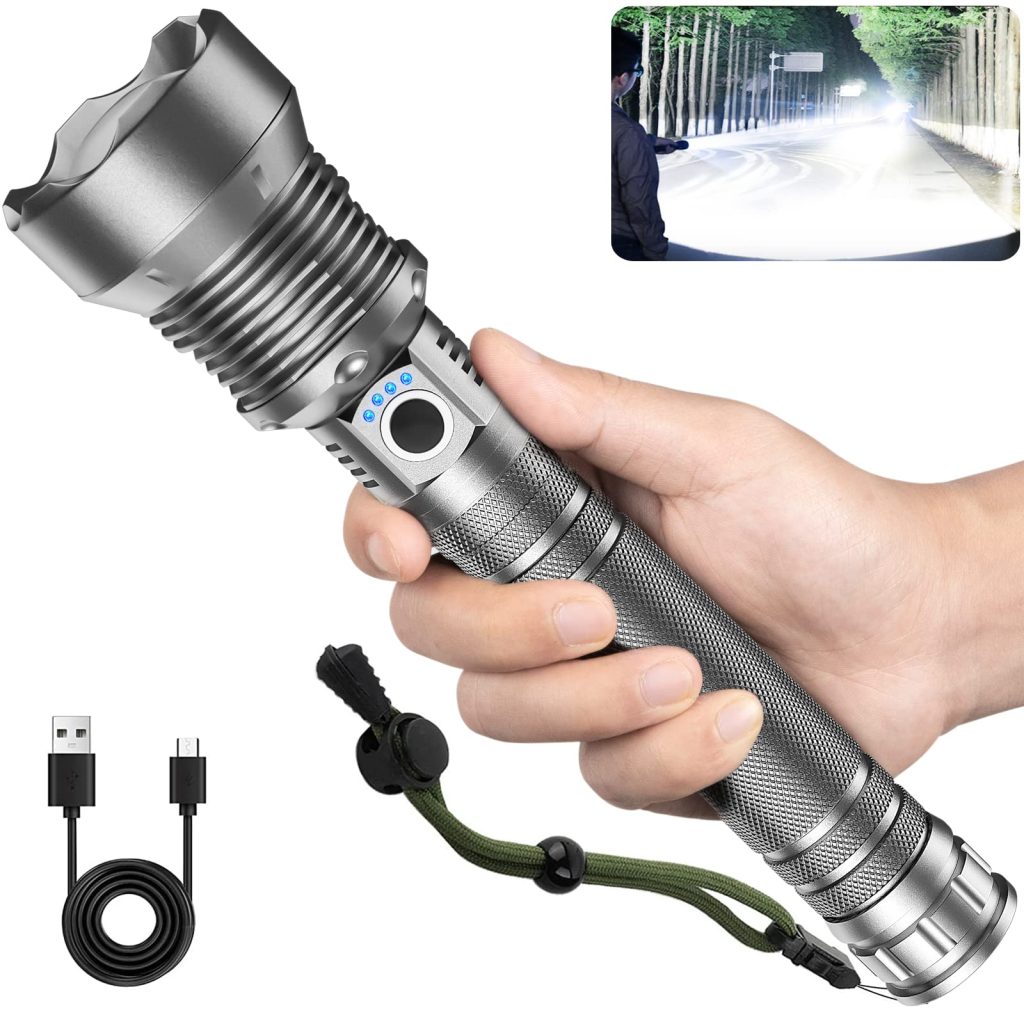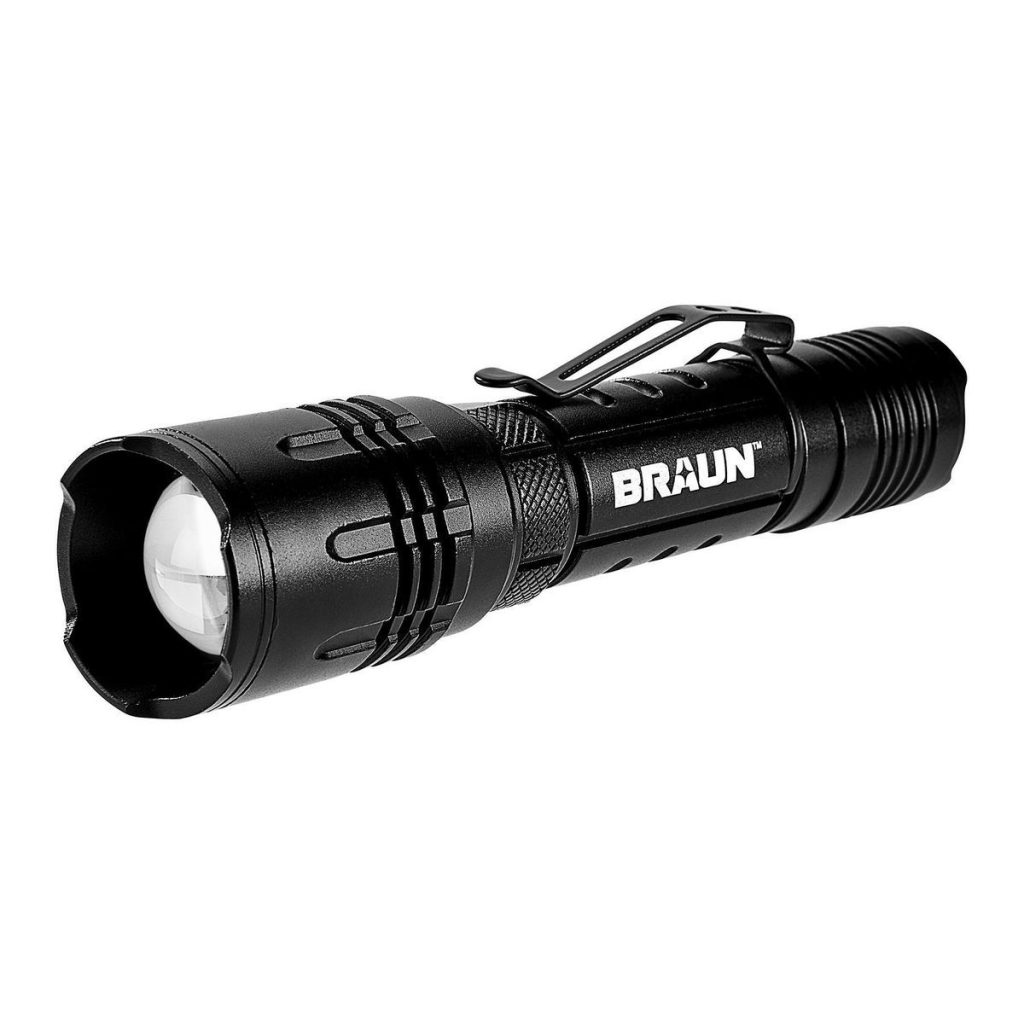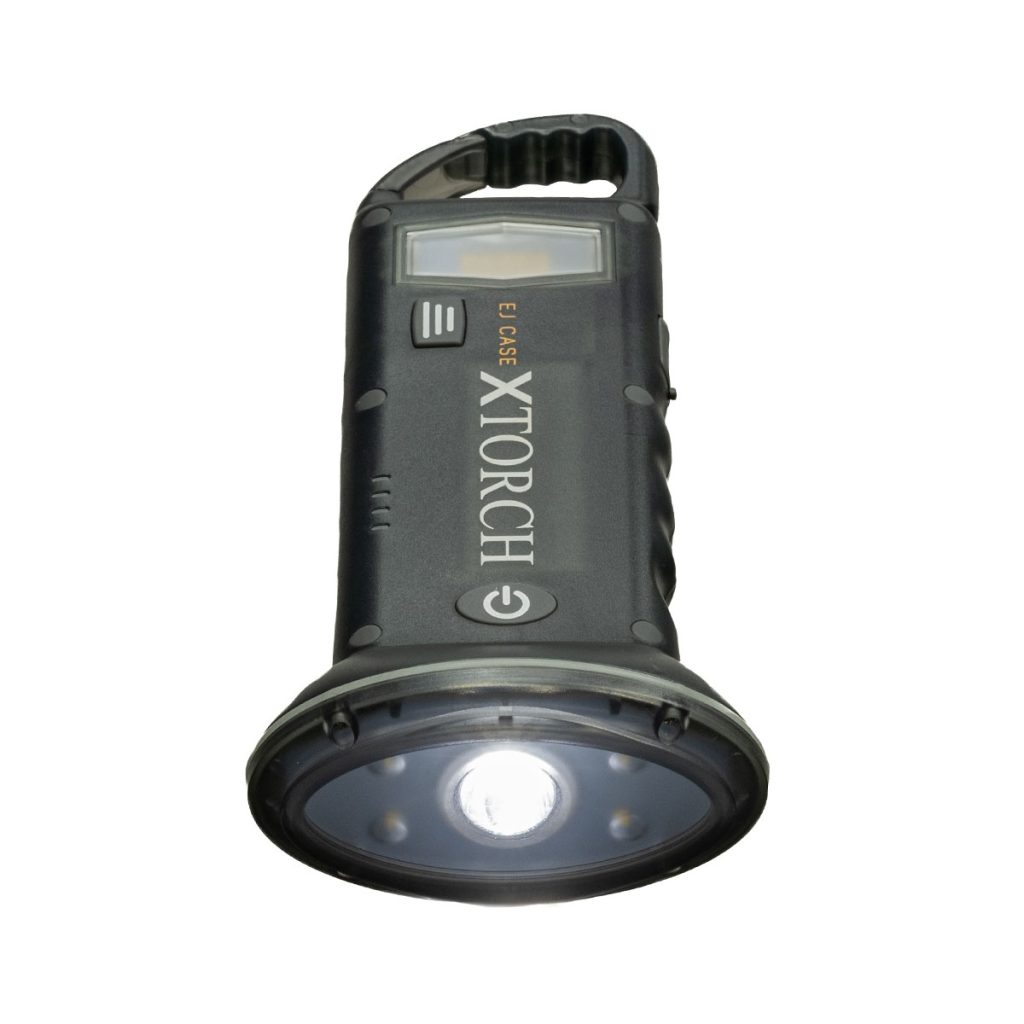Contents
- 1 Introduction: What is a Flashlight?
- 2 Types of Flashlights
- 3 Key Features to Consider
- 4 Common Uses for Flashlights
- 5 Maintenance of Flashlights
- 6 Choosing the Right Flashlight for You
- 7 Advanced Features in Modern Flashlights
- 8 Health and Safety Considerations
- 9 Conclusion: Making the Most of Your Flashlight
Introduction: What is a Flashlight?
A flashlight is a portable handheld device that emits light, powered by batteries or an alternative energy source. It serves various purposes, from providing illumination in dark areas to serving as an emergency tool. Flashlights come in different sizes, shapes, and brightness levels, each catering to specific needs. Understanding how to choose the right flashlight can make all the difference in its effectiveness. In this article, we will explore the types, features, uses, and maintenance tips for flashlights, helping you make an informed decision.
Types of Flashlights
Basic Types
Flashlights can be classified into several basic types. The most common type is the handheld flashlight, which is portable and easy to carry. These flashlights are ideal for general use around the home, in cars, or during outdoor activities.
Another popular type is the headlamp, which straps onto the head for hands-free operation. This type is especially useful for activities like camping, hiking, and repairs where you need both hands free. Understanding these basic types helps you choose the right flashlight for your needs.
Specialty Flashlights
In addition to basic types, specialty flashlights offer unique features for specific uses. Tactical flashlights are designed for security personnel or outdoor enthusiasts. They are often more robust and may include strobe features for self-defense.
Similarly, waterproof flashlights are excellent for boating or underwater activities. These models are sealed to prevent water from entering. By knowing the available types, you can select the flashlight that best meets your requirements.

Key Features to Consider
Brightness Levels
One of the most important features to consider when choosing a flashlight is brightness. The brightness of a flashlight is measured in lumens. A higher lumen count means a brighter light. For general use, a flashlight with 100 to 300 lumens is adequate.
For tasks that require intense illumination, such as search and rescue, consider a flashlight with 500 lumens or more. It’s essential to choose a brightness level that fits your specific needs. This will enhance visibility while ensuring battery life is used efficiently.
Battery Type and Life
Battery type is another critical factor in flashlight selection. Most flashlights use disposable batteries, rechargeable lithium-ion batteries, or built-in batteries. Disposable batteries are convenient but may cost more over time.
Rechargeable batteries, on the other hand, offer long-term savings and are environmentally friendly. Battery life is also crucial; many flashlights provide several hours of use on a single charge. Always check the estimated battery life and choose according to your usage needs.

Common Uses for Flashlights
Everyday Use
Flashlights are handy for everyday situations. They can illuminate dark areas in homes, like attics, basements, and closets. A reliable flashlight is also important during power outages when visibility is necessary.
Additionally, flashlights come in handy when walking the dog at night or during camping trips. Compact flashlights can be easily stored in bags or car compartments, making them accessible whenever needed. Their versatility makes them indispensable tools for daily life.
Emergency Preparedness
Flashlights are critical for emergency preparedness. In situations like natural disasters or blackouts, having a reliable light source can ensure safety and visibility. Many emergency kits include flashlights to help navigate dark environments.
Keeping a flashlight in your car is also advisable for roadside emergencies. A bright flashlight can signal for help or be used to check for hazards. In emergencies, the value of a flashlight cannot be overstated, making it a wise investment for any household.
Maintenance of Flashlights
Cleaning and Care
Proper maintenance is essential for extending the life of your flash light. Regular cleaning of the lens and body can prevent dirt accumulation, ensuring optimal brightness. Use a soft cloth and mild cleaning solution to wipe the exterior.
It’s also advisable to check and replace batteries regularly. Old or corroded batteries can damage the internal components of the flashlight. When not in use for extended periods, remove the batteries to prevent leaking. Proper care leads to longer-lasting and more reliable flashlight performance.
Storage Tips
Storing your flashlight correctly can make a significant difference in its lifespan. Keep your flashlight in a dry, cool place to avoid damage from extreme temperatures or moisture. A dedicated storage case can help protect it from physical impacts.
For flashlights with rechargeable batteries, store them in a partially charged state to preserve battery health. Regularly check your stored flashlight to ensure it’s in working order. Following these storage tips keeps your flashlight ready for use when needed.

Choosing the Right Flashlight for You
Assessing Your Needs
Choosing the right flashlight starts by assessing your needs. Consider what tasks you will use it for—general household use, outdoor activities, or emergencies. Understanding your requirements will help narrow down options.
If you often go camping, a durable, waterproof flashlight or headlamp might be ideal. For everyday home use, a compact and bright flashlight may suffice. Assessing your needs ensures you invest in a flashlight that serves you best.
Budget Considerations
Budget is a key factor in selecting a flashlight. Prices vary widely based on features and brand. While it’s tempting to choose the cheapest option, consider the long-term benefits of investing in a higher-quality product.
Remember that a reliable flashlight can last for years with proper care. Cheaper models may not offer the same durability or brightness, leading to disappointment. Balancing quality and price will ensure you find a flashlight that meets your expectations without breaking the bank.
Advanced Features in Modern Flashlights
Smart Technology
Modern flashlights often come equipped with advanced features like smart technology. Some models include Bluetooth connectivity that allows you to control brightness or battery life through a smartphone app. This feature can enhance usability, especially in outdoor settings.
Smart flashlights may also offer multiple light modes, such as strobe, SOS, or color-changing options. These functions can serve various purposes, from signaling for help to setting a mood at home. The incorporation of technology makes modern flashlights more versatile and user-friendly.
Solar-Powered Options
Solar-powered flashlights have gained popularity for their eco-friendliness. These flashlights charge during the day and can provide light at night without using traditional batteries. This feature is particularly useful for camping or outdoor activities where access to power is limited.
While solar flashlights may not be as bright as traditional models, they offer an excellent backup option. Their sustainability reduces the need for disposable batteries, making them a wise investment for environmentally conscious users.

Health and Safety Considerations
Using Flashlights Safely
While flashlights are generally safe to use, there are some health and safety considerations to keep in mind. When using flashlights, especially in dark situations, be aware of your surroundings. Tripping or falling while navigating in the dark can result in injuries. It’s important to use your flashlight to illuminate your path effectively, ensuring that you walk carefully.
Avoid shining bright beams directly into people’s eyes, as this can cause temporary blindness or discomfort. If using a very bright flashlight for outdoor activities such as camping or hiking, be conscious of your fellow adventurers and wildlife. Respect your environment and treat others with consideration while using your flashlight.
Child Safety Measures
If children are involved, it’s essential to teach them the safe use of flashlights. Encouraging proper handling can prevent accidents and damage to the flashlight itself. Supervise younger children when they use flashlights so they understand how to point and operate them safely.
Keeping flashlights stored securely when not in use can also prevent accidental activation, which can deplete batteries. This can be especially important in households with toddlers who are curious and may mishandle or drop the flashlight. Proper education about flashlight safety can foster responsible habits in children as they learn to navigate their surroundings responsibly.

Conclusion: Making the Most of Your Flashlight
In conclusion, flashlights are essential tools that provide light and safety in various situations. By understanding the types, features, and common uses, you can make informed decisions about which flashlight to choose. Whether for everyday use, emergencies, or outdoor activities, having a reliable flashlight is a smart investment.
Regular maintenance and proper storage can extend the life of your flashlight, ensuring it remains dependable when needed. The advancement of technology in flashlights offers additional functionality that enhances usability and efficiency. As you explore the world of flashlights, consider your specific needs and preferences to find the right one for you.
Ultimately, a good flashlight can serve as a reliable companion for countless adventures, emergencies, and daily tasks. By selecting wisely and taking care of your flashlight, you can illuminate any dark situation with ease and confidence.


